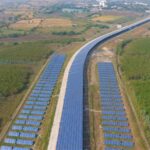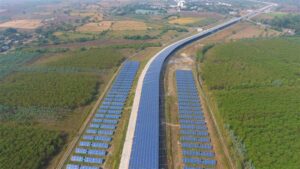The Capex Route: Cost trends and challenges in the C&I rooftop solar EPC market

Commercial and industrial (C&I) customers have been adopting rooftop solar projects to reduce their electricity bills and meet their climate commitments. There are broadly two key models for the development of rooftop solar projects — capital expenditure (capex) and operating expenditure (opex). This article provides an overview of the capex model, covering its cost trends, key challenges and policy suggestions based on inputs by industry stakeholders.
Business model
The capex model is essentially the engineering, procurement and construction (EPC) mode of project development, in which the entire investment is borne by the customer who owns the asset. The customer also pays separately for operations and maintenance (O&M), being responsible for the performance of the rooftop solar plant. The customer is also responsible for obtaining regulatory approvals. The payback period for the investment is typically around four years. The customer can also avail of accelerated depreciation under the capex model. This incentive is not available under the opex model, wherein the entire investment is incurred by the developer.






